Where can French cars regain their spring?
![]() 04/11 2025
04/11 2025
![]() 540
540
Anatomy of a Comeback?
At the 2024 Paris Motor Show, amidst the flashing lights of the Paris Expo Porte de Versailles, French President Emmanuel Macron lingered at the NIO booth for 20 minutes. As his fingertips traced the smooth dome arc of the ET7 sedan, he remarked to accompanying officials, "Our Chinese counterparts have achieved a technological leap in five years that took Europe 20 years."
These words marked the beginning of Macron's speech at the 2024 Paris International Motor Show.

Addressing executives from local automakers such as Renault and Stellantis, Macron cited the eightfold surge in market share of Chinese electric vehicles in Europe over three years, stating bluntly, "When BYD's R&D investment surpasses the combined total of our three largest automakers, France needs an industrial Dunkirk evacuation – not a retreat, but a strategic shift towards the future."
However, Macron seems to have forgotten that whether it was 85 years ago or today, the fate of the French has never been in their own hands.
When the giant ship is about to sink
In 2021, on the eve of the official merger between the French Peugeot Citroen Group (PSA) and the Italian-American Fiat Chrysler Automobiles (FCA), a financial report was placed in front of Carlos Tavares, the then-chairman of the PSA Group.
From 2016 to 2020, due to the triple blow of tightening emissions regulations, economic weakness, and the collapse in demand for diesel vehicles in the European automotive market, PSA's sales in Europe dropped from 2.5 million to 1.8 million, with its market share falling from 13.4% to 10.8%. To maintain its market share, PSA was forced to offer discounts and promotions in the European market, resulting in a decline in profit margins from 8.4% in 2018 to 3.5% in 2020.
On the other hand, PSA's globalization strategy also began to falter step by step.

Sales of Dongfeng Peugeot Citroen Automobile, PSA's joint venture in the Chinese market, plummeted from 700,000 units in 2015 to just 50,000 units in 2020, with factory capacity utilization rates below 20%. Ultimately, the joint venture ended with the sale of factories and the elimination of brands. Since exiting the US market in 1991, PSA has been unable to return, thus losing access to the world's largest profit pool (North American trucks and SUVs have profit margins exceeding 10%).
Facing disruptive competition from giants like Volkswagen and Toyota, as well as Tesla, Carlos Tavares admitted, "Independent automakers will struggle to survive with annual sales below 6 million units."
Therefore, the story of the Stellantis Group, which began on October 31, 2019, bore fruit in just one year and two months.
The reason PSA was interested in FCA is ultimately what people often say: the more you lack something, the more you desire it.
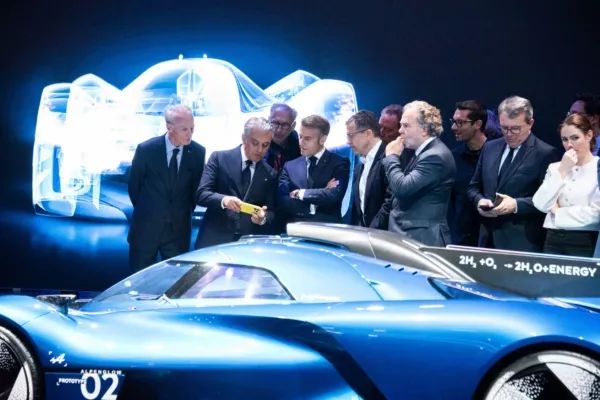
With poor profits, FCA, with its annual sales of 2.2 million vehicles in North America through Jeep and Ram pickup trucks, and a profit margin of 9.2%, could provide PSA with cash flow. On the other hand, PSA could also leverage FCA's dealer network to restart its North American market, avoiding the huge costs of building its own channels.
Of course, the combination of PSA's Common Modular Platform (CMP) with FCA's fuel vehicle architecture could reduce electrification R&D costs in the short term. The expanded global procurement scale after the merger is expected to save 5 billion euros annually.
Although Stellantis has risen to become the world's fourth-largest automotive group through horizontal and vertical integration, the group is not without concerns.
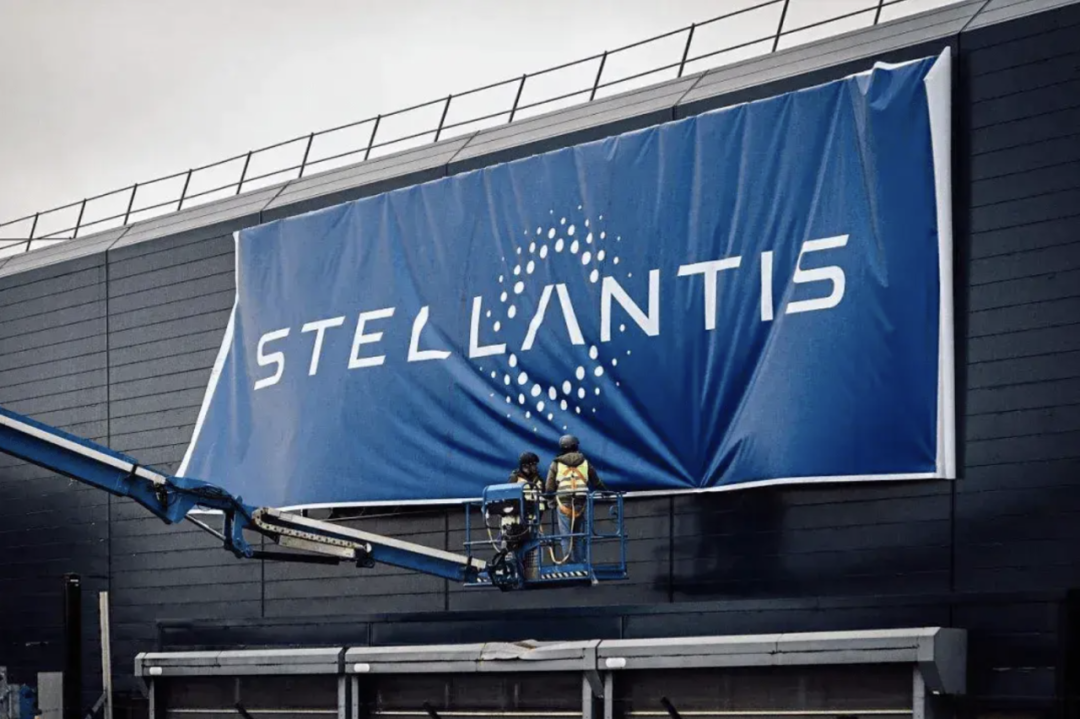
At the beginning of 2025, Stellantis Group released its 2024 financial report, showing a 70% year-on-year drop in net profit, from 18.6 billion euros in 2023 to 5.5 billion euros, with net revenue declining 17% year-on-year to 156.9 billion euros. This performance is not only far below market expectations but also marks the toughest challenge faced by the European giant, once known as the "world's most profitable automaker", under the dual pressures of electrification transformation and strategic missteps in the market since its merger.
It is worth mentioning that in October 2024, the Stellantis Group announced that Carlos Tavares would retire upon the expiration of his term in 2026, but his sudden resignation two months later caused an uproar.
The crisis at Stellantis is not an isolated case; another major French automaker, Renault, is also facing saturation in the European market and the pain of transformation.
On March 28, 2025, Renault Group released a documentary titled "Back to the Top", which provides a four-year perspective of this century-old European automaker's journey from the brink of bankruptcy to a resurgence against the odds.

Four years ago, Renault Group was in the midst of its greatest crisis in 120 years, with a net loss of 8 billion euros for the year and a 21.3% year-on-year decline in revenue. The alliance rift caused by the Ghosn incident, supply chain disruptions due to the pandemic, and profit erosion caused by blindly pursuing sales expansion jointly pushed Renault to the brink of collapse.
At this critical juncture, Renault Group embarked on a comprehensive transformation based on the "Renaulution" strategy.
If the transformation is successful, people will undoubtedly marvel at "Back to the Top" as a great story of survival against all odds when watching the documentary.
What if it doesn't?
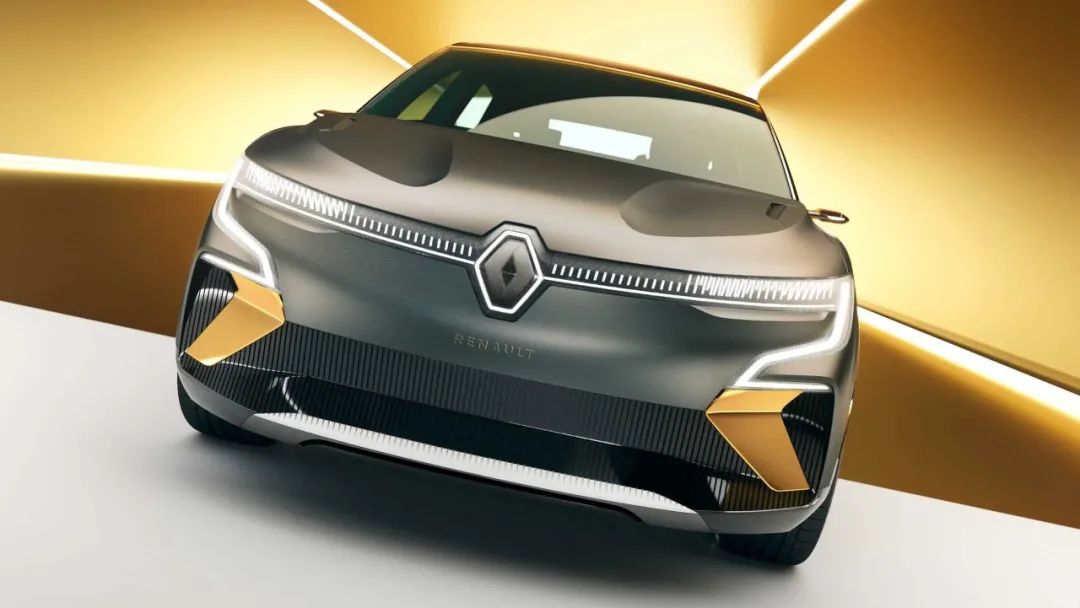
In 2024, Renault Group proved with a set of financial report data that it was "back to the top".
Its global sales reached 2.26 million units, with revenue amounting to 56.2 billion euros, a year-on-year increase of 7.4%; absolute operating profit reached 4.3 billion euros, and net income reached 2.8 billion euros, a year-on-year increase of 21%, with free cash flow reaching 2.9 billion euros. As of the end of 2024, the net cash financial position of the automotive business reached a record high of 7.1 billion euros, almost doubling from the previous fiscal year.
But who can rest easy?
"Whether to survive together"
In 2024, during a final vote on imposing countervailing tariffs on Chinese electric vehicles, Emmanuel Macron and the French government publicly expressed support for this EU measure, calling it "crucial for maintaining fair competition in European industry and achieving climate transformation".
Data shows that Chinese brands have captured 19% of the EU electric vehicle market, and the proportion of localized production is expected to exceed 40% by 2025.
In a speech at the Elysee Palace in Paris, Macron pointed out, "Chinese electric vehicles are dumping on the global market through huge state subsidies, directly threatening the survival space of European automakers. We must take action to prevent Europe from losing strategic autonomy in the field of new energy vehicles." He believes that imposing tariffs will buy time for French automakers to upgrade their technology.
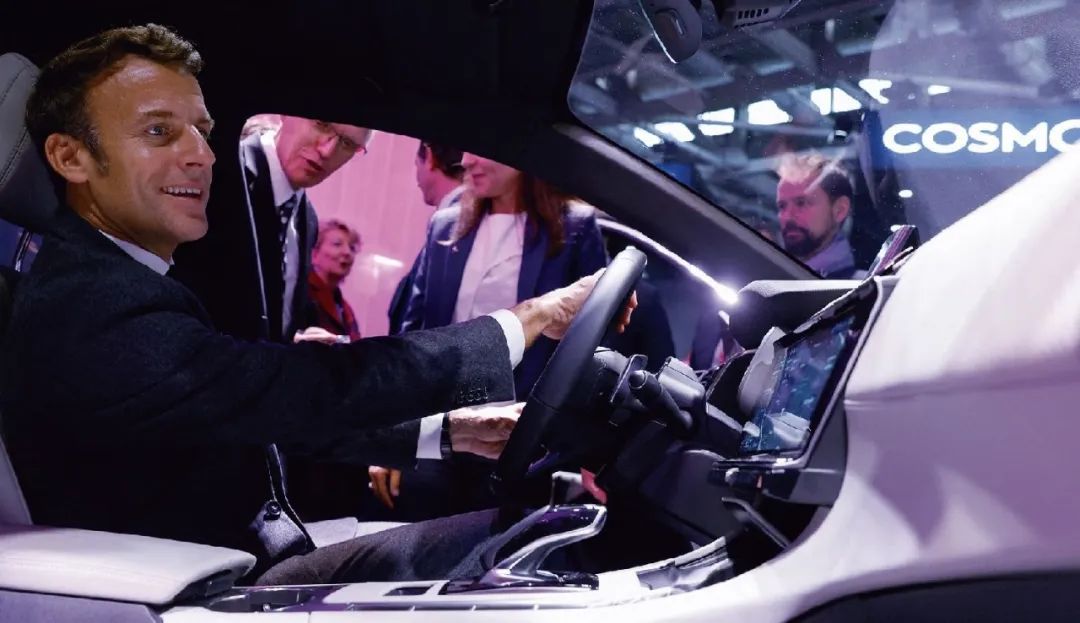
Because Macron knows that while a Chinese automaker rolls off an electric vehicle every seven seconds, French workers are still debugging ing internal combustion engine production lines.
In fact, the Stellantis Group has long realized that the Chinese automotive industry, through technological innovation, the advantages of a full industrial chain, and a globalized cooperation model, has transformed from a "follower" to a "rule-maker", providing a replicable "Chinese solution" for the upgrading of the global automotive industry. Although its business in the Chinese market is now minimal, Stellantis has begun to seek new opportunities for "investment" in China through indirect means.
Soon after, it officially announced a "two-way" strategic partnership with Leapmotor, a rising star among China's new energy vehicle makers, in Hangzhou. The European giant acquired a 20% stake in Leapmotor for 1.5 billion euros, and the two parties will jointly develop the next-generation intelligent electric vehicle platform, planning to launch three co-branded models in Europe by 2026.

This marriage between an "old-established elite" and a "tech geek" has been dubbed "the dance of an elephant and a cheetah" by the industry.
Stellantis can use Leapmotor to solve its dilemma in China, while Leapmotor's "technology toolbox" is right up Stellantis' alley. LEAP 3.0 electronic and electrical architecture, CTC battery-chassis integration technology, and a fully self-developed intelligent driving system will help Stellantis quickly address its shortcomings in intelligent electric vehicles.
Besides receiving a huge investment, Leapmotor can also ride on Stellantis' "coattails". With Stellantis' distribution network in 30 European countries and five factories, Leapmotor's C10 and C16 models will carry the "Made in EU" label, bypassing trade barriers to directly compete with Volkswagen's ID.4.
Although it remains uncertain how far this partnership will go, the "fist bump" exchanged between Stellantis Chairman John Elkann and Leapmotor Founder Zhu Jiangming at the press conference instead of a handshake suggests that the old order of the automotive industry is being restructured by Chinese forces.
Renault has also turned its gaze towards China.
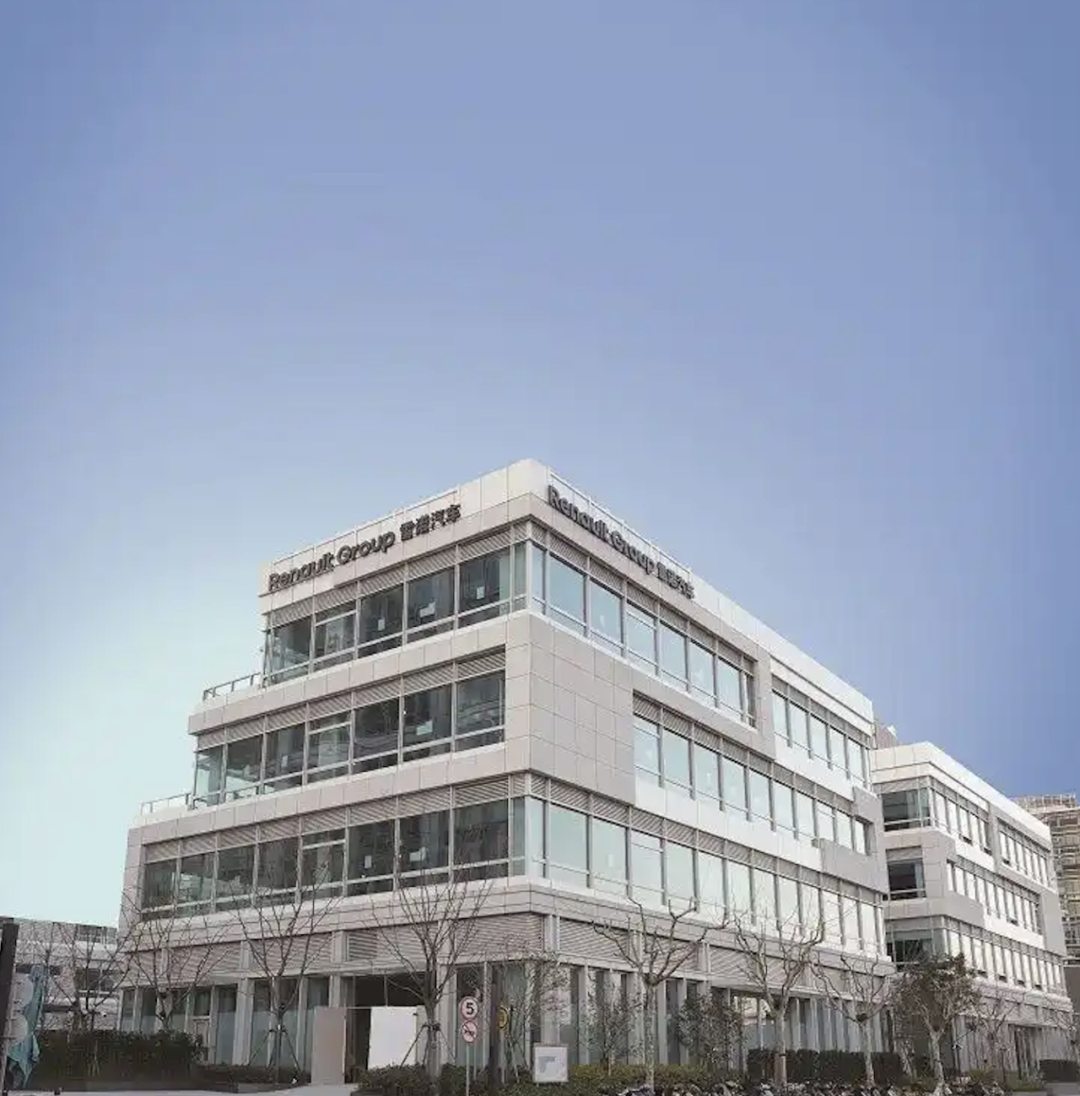
On March 28, 2025, Renault Group officially inaugurated its new China headquarters on the banks of the Huangpu River in Shanghai and announced in-depth collaboration with ACDC to jointly explore new cooperation in the field of intelligent electrification.
Many people don't understand why Renault would leave and then return. The answer is simple: it needs China.
Renault's financial report data reveals that sales in the European retail market account for 63% of the group's total sales. The Renault brand ranks first in the French passenger car, electric vehicle, and light commercial vehicle markets. Its highly concentrated market layout makes it overly dependent on the European market.
However, compared to more globalized competitors such as Toyota and Volkswagen, Renault's presence in key markets like North America and Asia-Pacific is weak. Especially in China, the world's largest automotive and electric vehicle market, Renault's gap with local Chinese electric vehicle enterprises continues to widen.
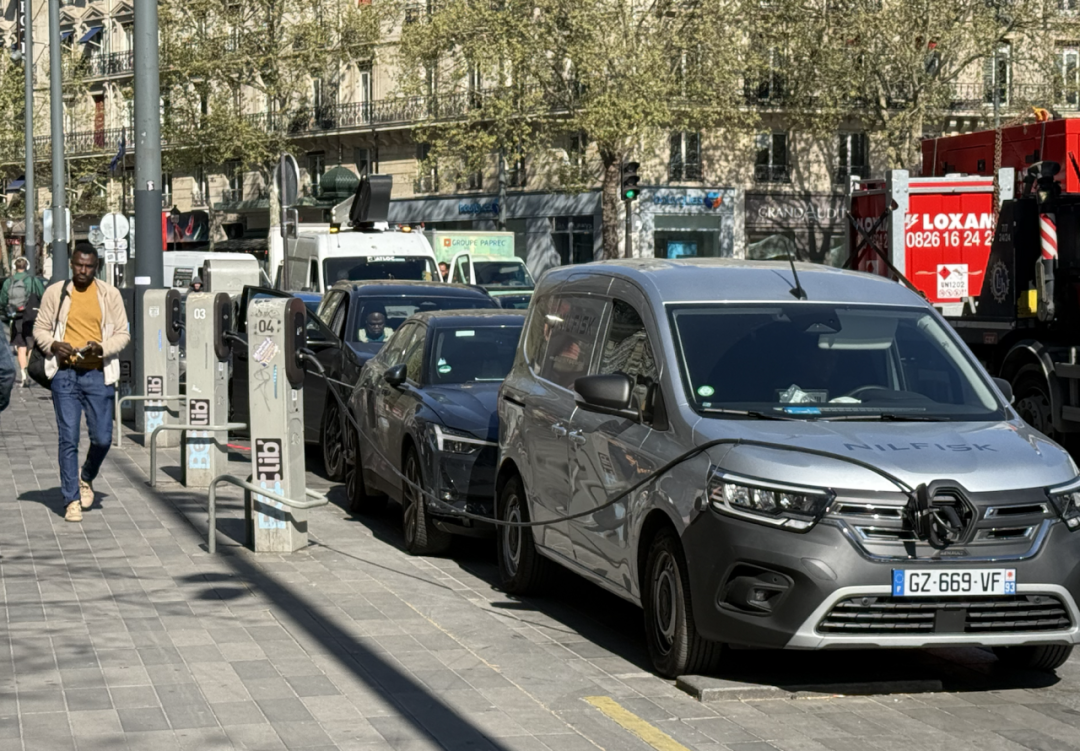
In addition, another strategic risk faced by Renault Group lies in insufficient R&D investment. When emerging electric vehicle companies like Tesla and BYD, as well as traditional rivals like Volkswagen and BMW, are significantly increasing their R&D investment in electrification and intelligence, Renault's pace of technological innovation lags significantly.
To cope with competition, Renault is accelerating the integration of global resources.
On the one hand, it shares R&D costs by deepening its alliance with Nissan and Mitsubishi; on the other hand, it attempts to revitalize its business in China through joint ventures (such as EGT with Dongfeng and cooperation with Geely) and reduce component procurement costs by leveraging China's supply chain advantages, for example, by collaborating with Envision AESC in the battery sector.
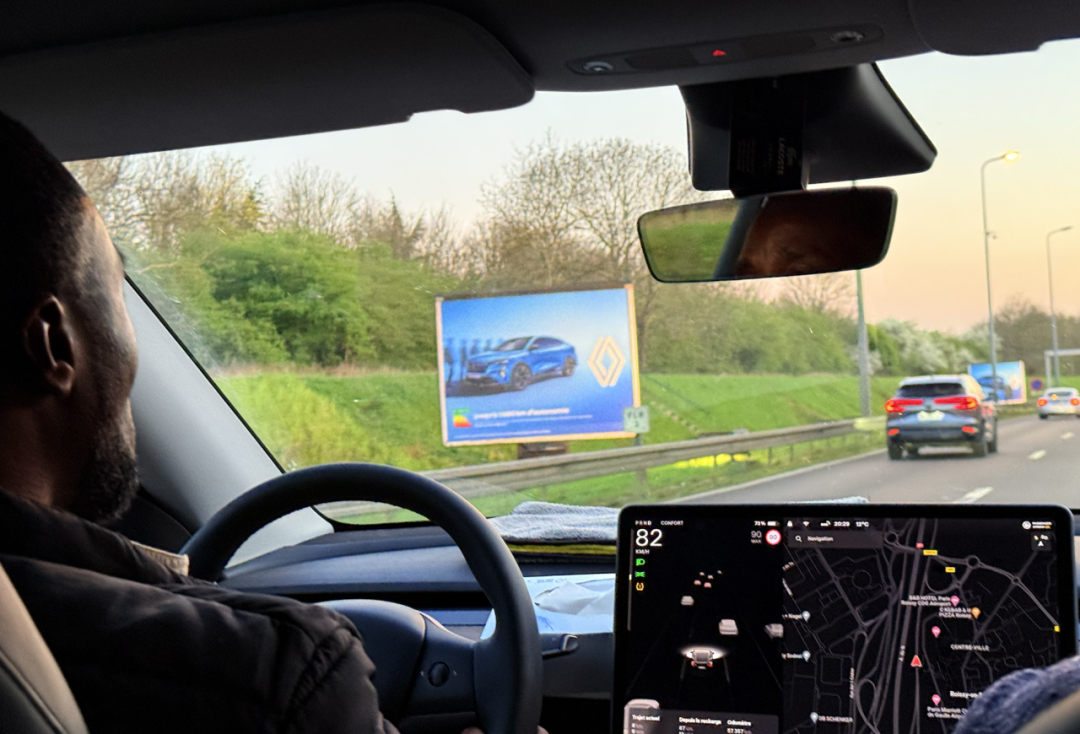
The dilemmas faced by both the Stellantis Group and Renault reflect the common challenges faced by traditional automakers in the wave of electrification: they must not only cope with the impact of technological disruptors but also find differentiated paths in a highly fragmented global market. The ability to strike a balance between cost control and technological breakthroughs will determine their survival in the next decade.
Returning to the Paris Motor Show, at the Leapmotor booth, representatives of the Lyon Automobile Union were using Google Translate to study the Chinese version of the "White Paper on the Development of Intelligent Electric Vehicles". This industrial transformation spanning Europe and Asia is just as Macron concluded in his speech: "Either we create the future, or the future will be written by others. The glory of the internal combustion engine era must be rejuvenated on the journey of electrification."
Does France still have a chance?
Note: Some images are sourced from the internet. Please contact us for removal if there is any infringement.








